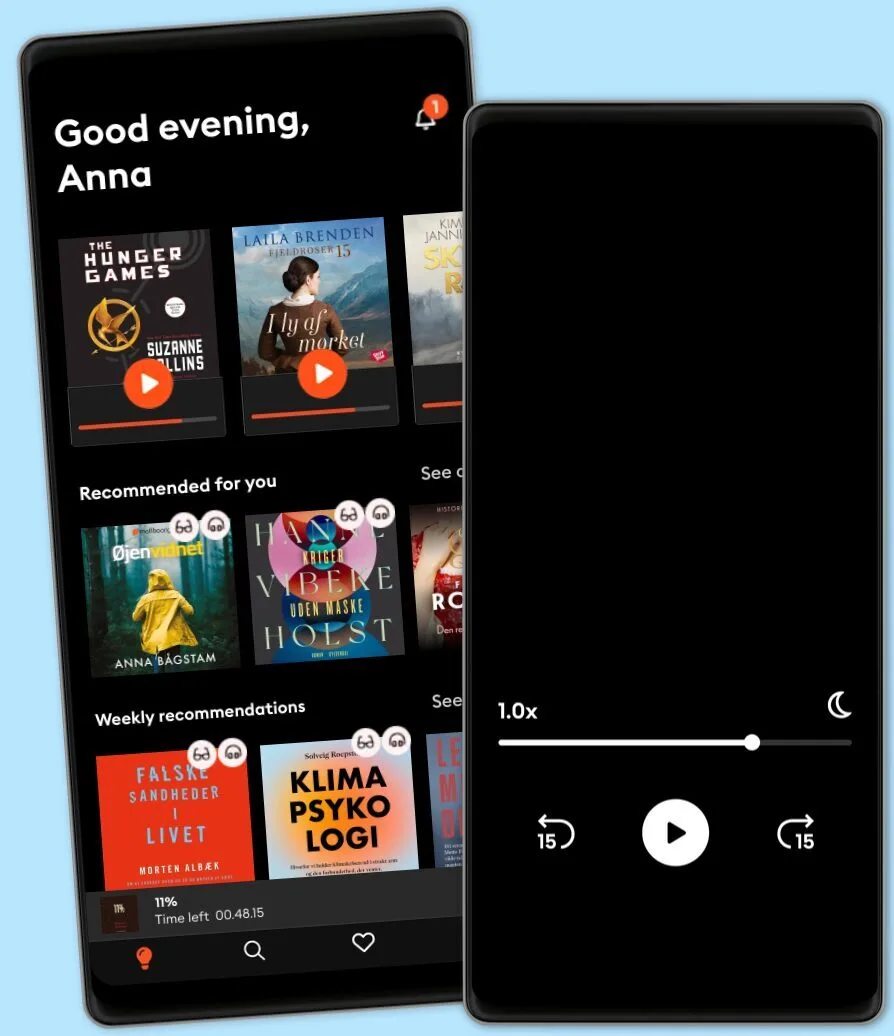Why the future of video games may be free-to-play
- Af
- Episode
- 63
- Published
- 3. maj 2016
- Forlag
- 0 Anmeldelser
- 0
- Episode
- 63 of 88
- Længde
- 19M
- Sprog
- Engelsk
- Format
- Kategori
- Fakta
If you own a smartphone or have a Facebook account, odds are you've played a free-to-play game. Maybe you grew crops in Farmville or scrimmaged in Clash of Clans. If you're anything like me, one of those city-building games (the kind that publishers shrewdly pair with a popular intellectual property like The Simpsons or Star Wars), has sunk its claws into your free time and shredded it into gory pulp. Odds are you haven't, however, paid for your free-to-play games. The format, which makes money from secondary purchases inside of the game after its been downloaded for free, only sees purchases from 2.2 percent of its players, according to 2014 report by Swrve. This year's Swrve report has an even more seemingly grim stat: nearly half of free-to-play revenue comes from 0.19 percent of players. So with those numbers in mind, why is free-to-play gaming still popular amongst some of the industry's best and smartest video game publishers? And why might it be the dominant revenue model for big publishers in the future? I invited my friend and colleague Andrew Webster to explain on this week's episode of What's Tech. Subscribe to What's Tech? on iTunes, listen on SoundCloud, or subscribe via RSS. And be sure to follow us on Twitter. You can also find the entire collection of What's Tech? stories right here on the The Verge Dot Com. Learn more about your ad choices. Visit podcastchoices.com/adchoices
Lyt når som helst, hvor som helst
Nyd den ubegrænsede adgang til tusindvis af spændende e- og lydbøger - helt gratis
- Lyt og læs så meget du har lyst til
- Opdag et kæmpe bibliotek fyldt med fortællinger
- Eksklusive titler + Mofibo Originals
- Opsig når som helst

Other podcasts you might like ...
- M’usa, con l’apostrofo. Le donne di PicassoLetizia Bravi
- FC PopCornFilm Companion
- The Big StoryThe Quint
- DiskoteksbrandenAntonio de la Cruz
- Dragon gateEdith Söderström
- En amerikansk epidemiPatrick Stanelius
- En värld i brand: Andra världskriget och sanningenAnton Vretander
- FamiljenFrida Anund
- Hagen-fallet: Spårlöst försvunnenAntonio de la Cruz
- HelikopterpilotenVictoria Rinkous
- M’usa, con l’apostrofo. Le donne di PicassoLetizia Bravi
- FC PopCornFilm Companion
- The Big StoryThe Quint
- DiskoteksbrandenAntonio de la Cruz
- Dragon gateEdith Söderström
- En amerikansk epidemiPatrick Stanelius
- En värld i brand: Andra världskriget och sanningenAnton Vretander
- FamiljenFrida Anund
- Hagen-fallet: Spårlöst försvunnenAntonio de la Cruz
- HelikopterpilotenVictoria Rinkous
Dansk
Danmark